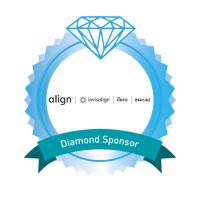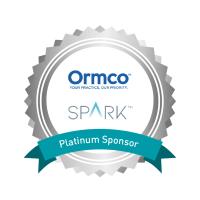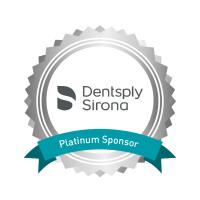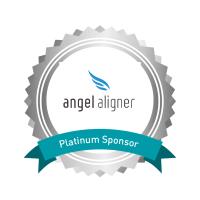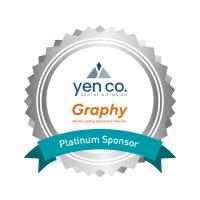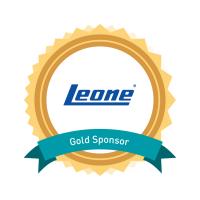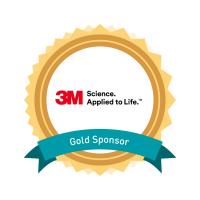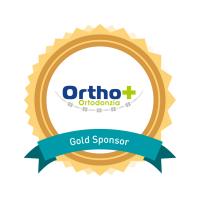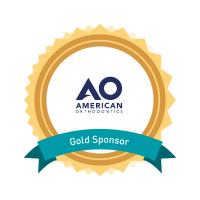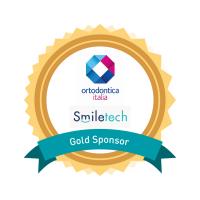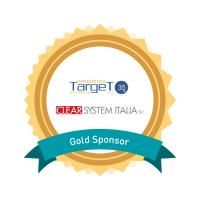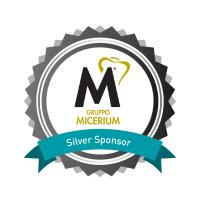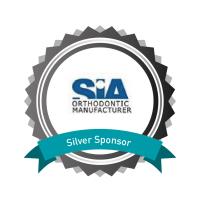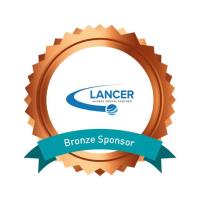Abstract
Tads and Aligners: Mild or Full Hybrid?
Although the aligners are becoming the most advanced and popular orthodontic device, they seem to have troubles in some dental movements such as anterior extrusion, rotation control and roots mesio-distal angulation. In order to overcome these biomechanical limitations It is possible to complement the C.A.T. by mean an hybrid approach with auxiliaries, ranging from temporary partial low friction treatment with buccal or lingual brackets, to the use of power arms, levers and sectionals, up to bone anchorage. Nowadays we have Direct and Indirect Tads for skeletal anchorage. The symplier and effective skeletal anchorage for purely dental movements in both, fix appliance and aligners is rappresented by Direct Tads. The presentation will provide a deep insight into the possibility of improving aligners orthodontics by using “Mild Hybrid” current protocols integrated with this type of miniscrew. Through clinical cases It will be shown how is possible to support the solution of challenging malocclusion with clear aligners, achieveing excellent results through simple and comfortable tools.
Learning Objectives
After this lecture, you will be able to understand the difference between direct and indirect tads
After this lecture, you will be able to understand that the hybrid treatment helps to overcome the biomechanic limitations of C.A.T.
After this lecture, you will be able to understand that the “Mild Hybrid” approach complements direct Tads and sometimes wire sectional into the clinical protocols of aligners
Learning Objectives
After this lecture, you will be able to understand the difference between direct and indirect tads
After this lecture, you will be able to understand that the hybrid treatment helps to overcome the biomechanic limitations of C.A.T.
After this lecture, you will be able to understand that the “Mild Hybrid” approach complements direct Tads and sometimes wire sectional into the clinical protocols of aligners


